
In Bird Park, Mount Lebanon.


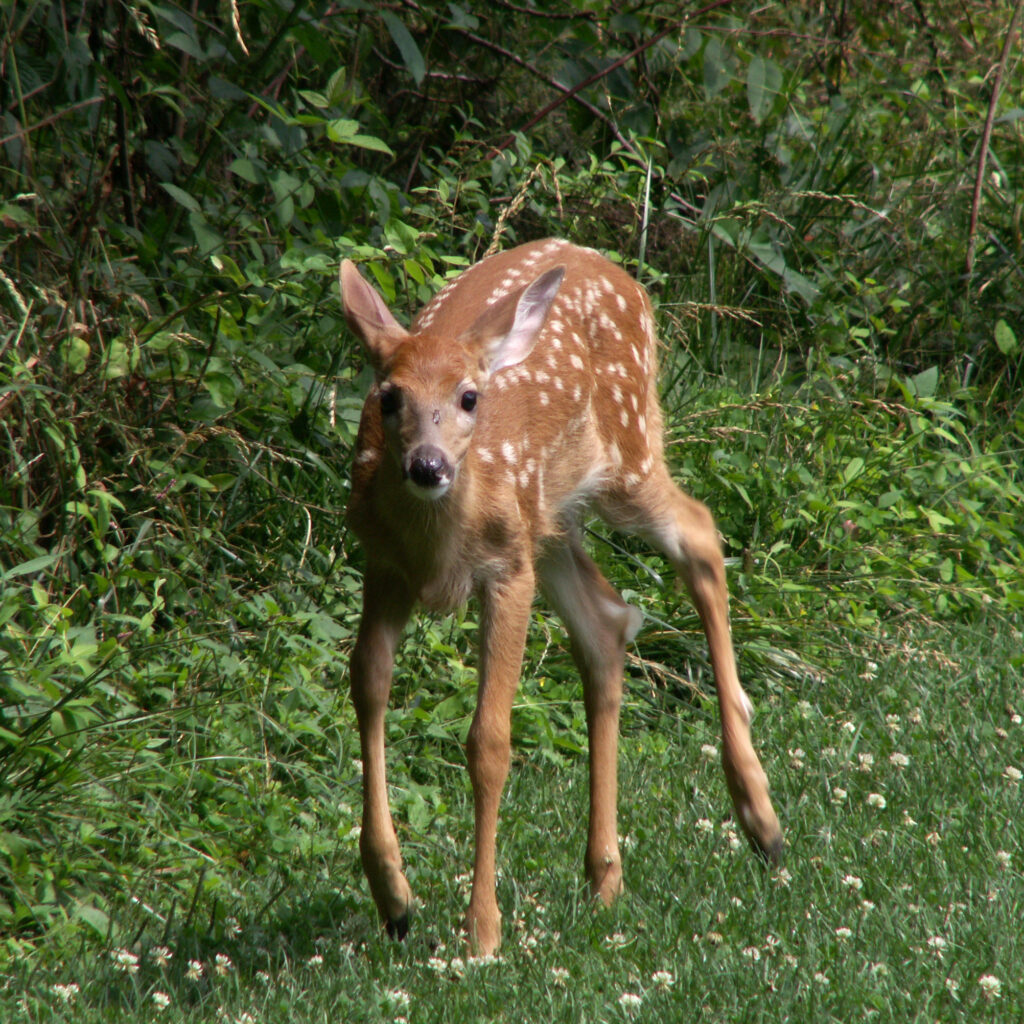
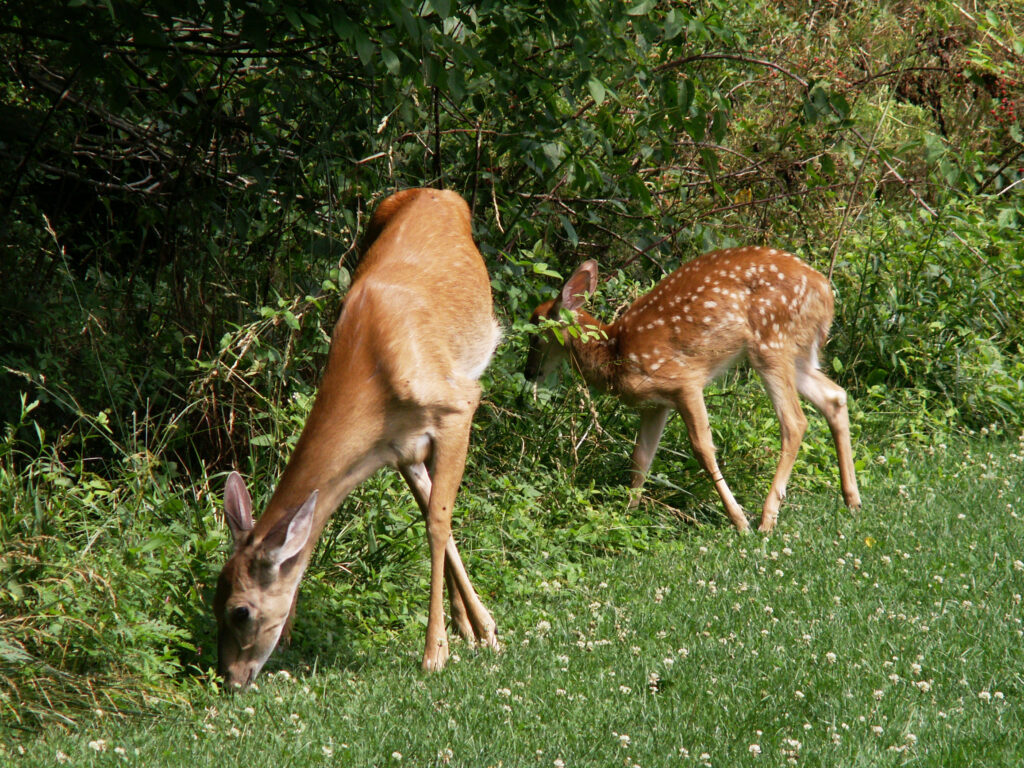

The Buhl Building, an early work of Benno Janssen, bathed in reflected light. Perhaps the image would be more poetic without the construction zone at the end of Fifth Avenue, but old Pa Pitt can only do so much about construction zones.
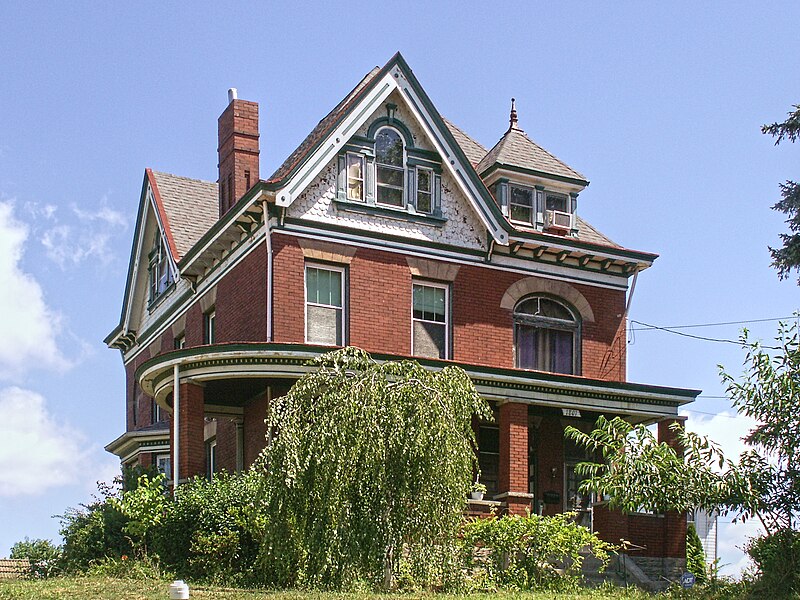
Arlington is a forgotten neighborhood whose business district has almost disappeared, but it nevertheless has many pleasant residences on its back streets. The spine street, however, was Arlington Avenue, and because it was the main street of the neighborhood, it was where the grandest houses went up. Some of these houses are in very good shape; some are abandoned and being eaten by jungle; and some are in between. The house above is in good shape except for wanting a bit of paint, and its original woodwork is intact.

The round-ended porch is a work of art that ought to be preserved. Father Pitt wonders whether it always had brick pillars, or whether it was originally supported by wooden columns to match the pilasters in the rear. At any rate, the brick pillars are old enough that they match the house brick exactly.


This frame house could also use a bit of paint, but much of its woodwork is well preserved.




This double house is in excellent shape, and almost completely original except for the asphalt shingles on the roof.

Next to that tidy double is a house that probably cannot be rescued. It has been neglected for so long that it never even had a chance to be shrouded in aluminum siding, so its original woodwork, crumbling though it may be, is still there for us to document.




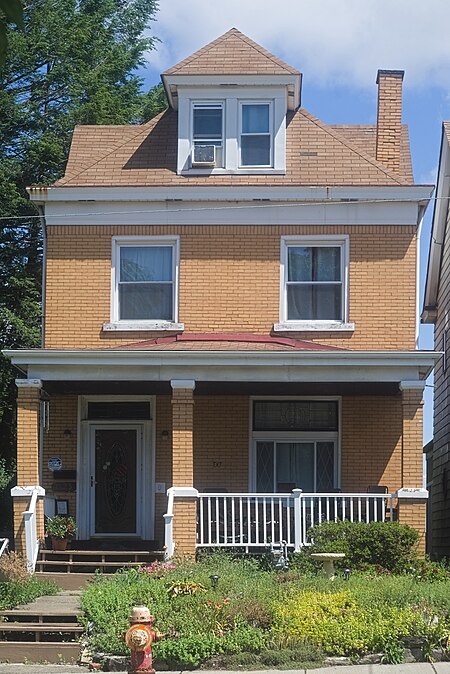
And finally, next to that abandoned house, this neat and well-kept Pittsburgh Foursquare.
We should note that city planning maps make Arlington Avenue the border between Arlington and the South Side Slopes. This is one of those cases where the city’s dogmatic insistence on main streets as neighborhood borders leads to obvious absurdity: it means that the Arlington Playground, Arlington Field, Arlington Spray Park, Arlington Recreation Center, Arlington Baseball Field, and so forth, are not in Arlington. In this case, old Pa Pitt ignores the city’s boundaries and speaks of “Arlington” the way Pittsburghers have always meant it.
Cameras: Konica Minolta DiMAGE Z6; Sony Alpha 3000 with Industar f/3.5 50mm lens.

This is a building you walk right past without even noticing it. One of old Pa Pitt’s favorite things to do is to show people how interesting the things they walk right past can be. This building was the subject of an article in the Charette, the magazine of the Pittsburgh Architectural Club, so we know quite a bit about it, including that it looked like this when it was just finished in 1952:

The architect was Vincent Schoeneman, known as “Shooey,” who had a flourishing practice in the middle of the twentieth century. He was “given carte blanche” on the design, the article tells us, but put some effort into making the building fit with its prewar neighbors. Thus the curious combination of modernist and Colonial elements.

Some things have changed. The windows have been replaced, trading the twelve horizontal panes on each side for three vertical sheets of glass, which is not an improvement. The signboard that once displayed the address in letters that managed to be both modest and large has been covered with aluminum (with a dark stripe that would be perfect for the words “633 WASHINGTON ROAD” spelled out in white letters). The wooden planters are no longer there, but they have been replaced by stone benches or shelves that match the side walls. The Colonial doors have been replaced with more ordinary stock doors. Still, a good bit of the original detail remains.

Cameras: Kodak EasyShare Z981; Nikon COOLPIX P100.
The whole text of the Charette article follows, reproduced here under the assumption that the copyright was not renewed.
(more…)
In about 1925 the Katsafanas Coffee Company bought this building on North Avenue on the North Side and had the front completely redone in an ultramodern style. Father Pitt does not yet know the architect who supervised the remodeling, but it was obviously someone of rare taste. A renovation of the remodeling, carefully preserving what was preservable, was supervised by Pfaffman & Associates, a firm that has worked on some of our most outstanding restorations and on the sui generis Gateway subway station.


This sign was painted by the A. E Jones Sign Co., which is still in business at 507 Tripoli Street in Dutchtown, and still doing hand-painted signs.
Cameras: Sony Alpha 3000, Fujifilm FinePix HS10.
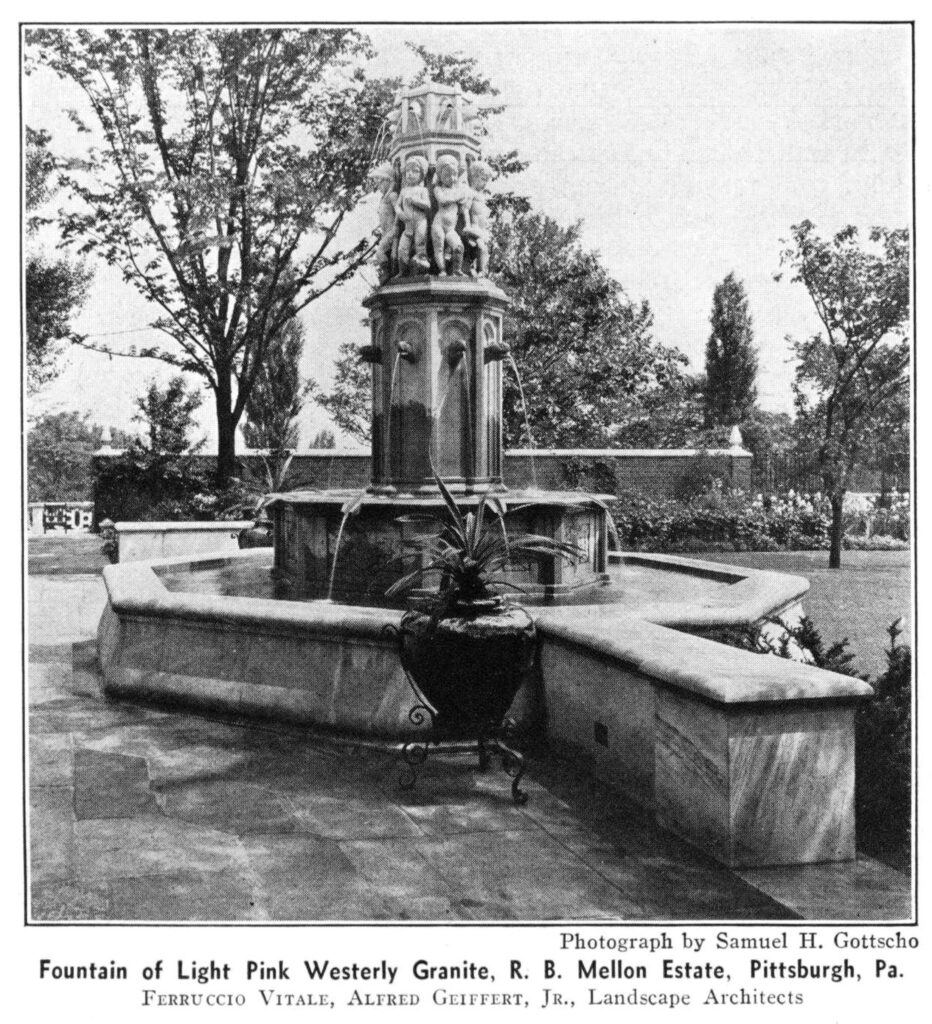
Courtesy of the New England Granite Works, a picture of the fountain in the Mellons’ Walled Garden shows us a little of what the garden, now part of Mellon Park, looked like when the Mellons lived there. The sculpture on the fountain is the work of Edmond Amateis, and the fountain has been beautifully restored for the delight of visitors to the park.


We have seen the Berkshire before, but those pictures weren’t very good, so old Pa Pitt went back and got better ones. It’s a courtyard apartment building in the Mount Lebanon Historic District; as Father Pitt said the first time he visited, this building is in a simple but attractive Jacobean style, where a few effective details carry all the thematic weight.




A two-car train enters Mount Lebanon station from the subway tunnel that goes under part of Dormont and Uptown Mount Lebanon. Part of the platform is under reconstruction at the moment, so only the front car will open its doors.
The Red Line is partly closed for the next two months as Pittsburgh Regional Transit sorts out an accumulated backlog of construction projects. The section from Potomac south to Overbrook Junction is still open.



On Liberty Avenue downtown.